When people hear the word ergonomics, they often think of office chairs, standing desks, or wrist supports for typing. But in reality, ergonomics is much more than just workplace furniture. It’s the science of designing our environments and activities to fit the human body and its capabilities. And that applies to every part of our lives — not just where we work.
Let’s break down how ergonomics influences the way we live, from our kitchens to our living rooms and everywhere in between.
1. Ergonomics in the Kitchen: Designing for Efficiency and Safety
Have you ever noticed how exhausting cooking can be when your kitchen isn't laid out properly? Reaching up too high, bending down too often, or chopping on a surface that’s too low can all take a toll on your body.
Key Ergonomic Tips for the Kitchen:
- Counter Height Matters: Your kitchen counters should ideally be at waist level to minimize strain on your back and shoulders.
- Organize Frequently Used Items: Store heavy pots and pans in drawers or shelves that don’t require bending or stretching.
- Use Supportive Mats: If you're standing for long periods, an anti-fatigue mat can reduce pressure on your feet and legs.
A well-organized kitchen improves not only comfort but also efficiency and safety — fewer accidents, less fatigue.
2. Standing Posture: The Foundation of Everyday Movement
Standing up straight isn’t just about looking confident — it’s about spinal health and long-term mobility. Poor posture can lead to back pain, neck tension, and even headaches.
Ergonomic Considerations for Standing:
- Feet shoulder-width apart for balance.
- Weight evenly distributed on both legs.
- Avoid locking your knees for better circulation.
- Use supportive footwear, especially if you’re standing for long periods (e.g., cooking or working retail).
Even small habits — like how you stand while brushing your teeth or washing dishes — can accumulate into either comfort or discomfort over time.
3. Sitting Comfortably: Beyond the Office Chair
Your sofa, dining chair, or car seat should also support good posture. Poorly designed furniture often encourages slouching, which strains your back and neck.
Make Sitting More Ergonomic at Home:
- Support the lower back: Use a lumbar pillow if the chair doesn’t support your spine’s natural curve.
- Keep feet flat on the floor or on a footrest.
- Avoid sinking too deep into soft sofas that cause your hips to fall below your knees.
Sitting ergonomics matters just as much when you’re relaxing as when you’re working.
4. Everyday Chores and Movements: Ergonomics in Motion
Vacuuming, folding laundry, gardening — these everyday activities can be physically demanding. Applying ergonomic principles can make them less taxing and more enjoyable.
Examples of Ergonomic Adjustments:
- Use tools with longer handles to reduce bending.
- Keep loads close to your body when lifting.
- Alternate tasks between upper and lower body movements to prevent repetitive strain.
Being mindful of body mechanics during routine chores prevents injuries and promotes long-term well-being.
5. Ergonomics Is All Around Us – An Interview with Our Founder
In a recent interview with Shi Ming Daily, our co-founder shared a fresh perspective on how deeply ergonomics touches our lives — far beyond the workstation.
“People often think of ergonomics as just chairs and desks, but in reality, it’s about how we live and move every day. From reaching for a pan on a high shelf to the way we unwind on a sofa — these are all ergonomic experiences. If we design our spaces to support natural, healthy movement, we improve quality of life, not just productivity.”
He also emphasized that true ergonomic thinking begins with awareness.
“The moment we become aware of how our bodies interact with our environment, we can start making changes — small, thoughtful improvements that prevent long-term strain or injury.”
This philosophy continues to shape everything we do — from product design to educational outreach — ensuring that ergonomic solutions serve the whole person, not just the employee.
Conclusion: A Lifestyle, Not a Checklist
True ergonomics doesn’t stop at the desk. It surrounds us in everything we do — sitting, standing, lifting, reaching, or relaxing. By making small adjustments in our everyday environments, we can reduce physical strain, prevent injuries, and increase comfort across all areas of life.
Next time you adjust your chair, consider also how you stand at the stove or relax on the couch. Your body will thank you.


![Falcon Chair [Free Footrest Worth $150]](http://ergoworks.com.sg/cdn/shop/files/Falcon_Chair_Main_Image.png?v=1757482801&width=104)
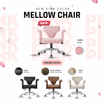
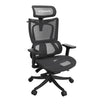
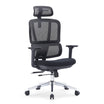
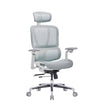
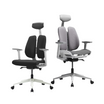
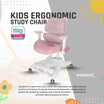
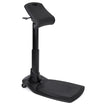
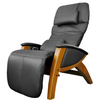
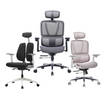
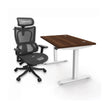
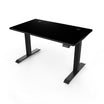
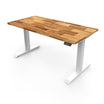
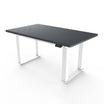
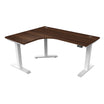
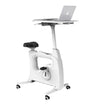
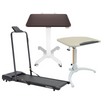
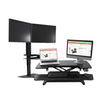
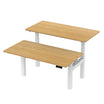





![Impact Ergonomic Kids Study Desk [Length Options Available]](http://ergoworks.com.sg/cdn/shop/files/KidDeskMainImageFinal.png?v=1764215536&width=104)
![Impact Ergonomic Kids Desk & Chair [FREE Spindle bookshelf & Eye Care Lamp Worth $318.90] [Chair & Length Options Available]](http://ergoworks.com.sg/cdn/shop/files/Kids_Desk_Nov_Promo_Square_Shopify.jpg?v=1761955288&width=104)



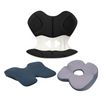
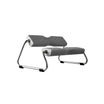


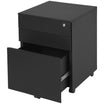

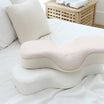
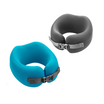


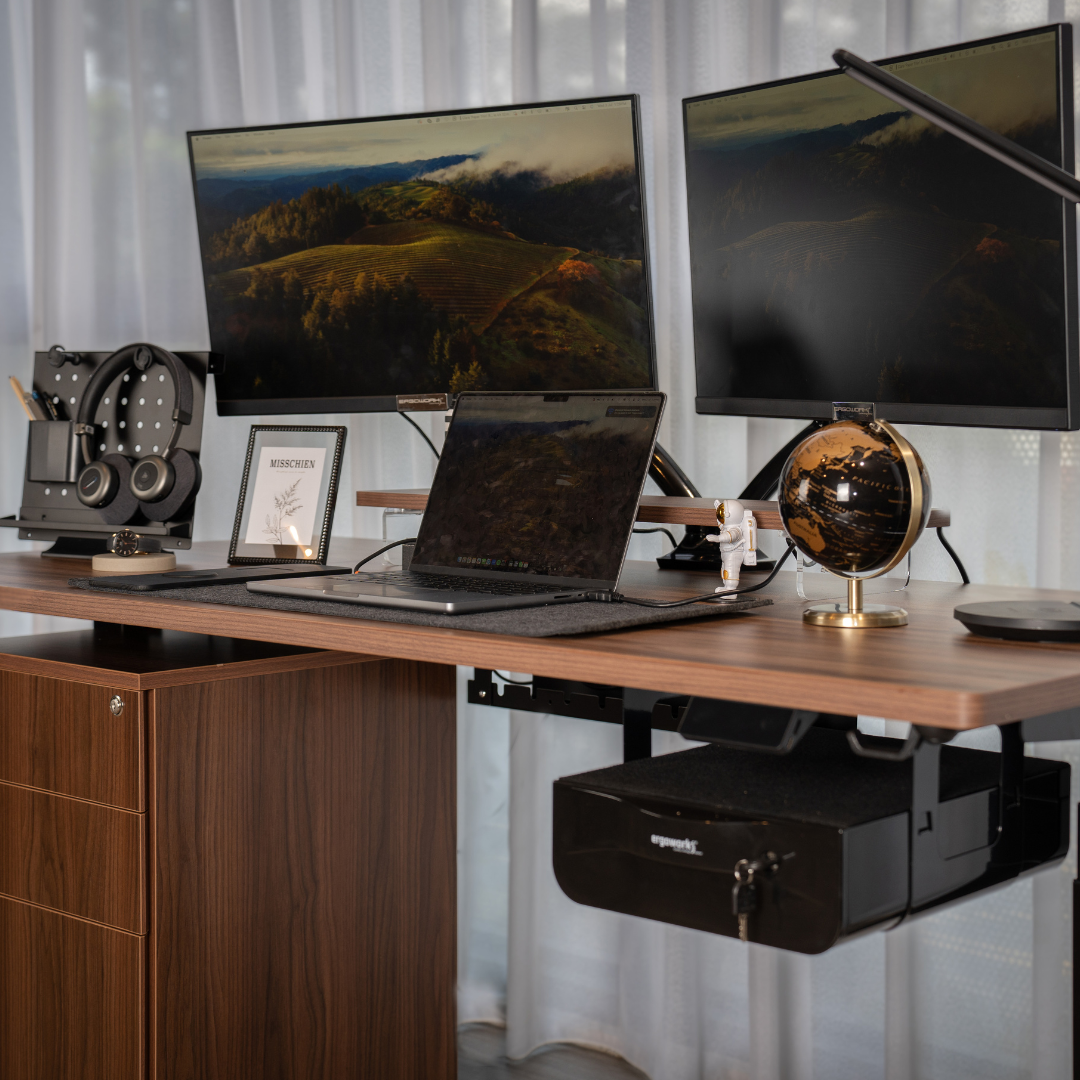
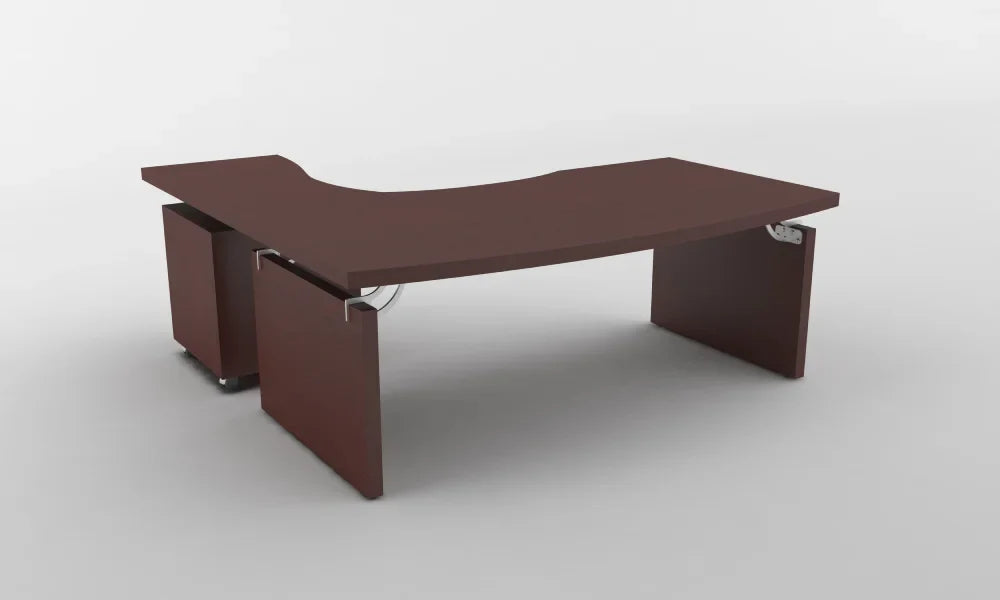
Leave a comment
This site is protected by hCaptcha and the hCaptcha Privacy Policy and Terms of Service apply.